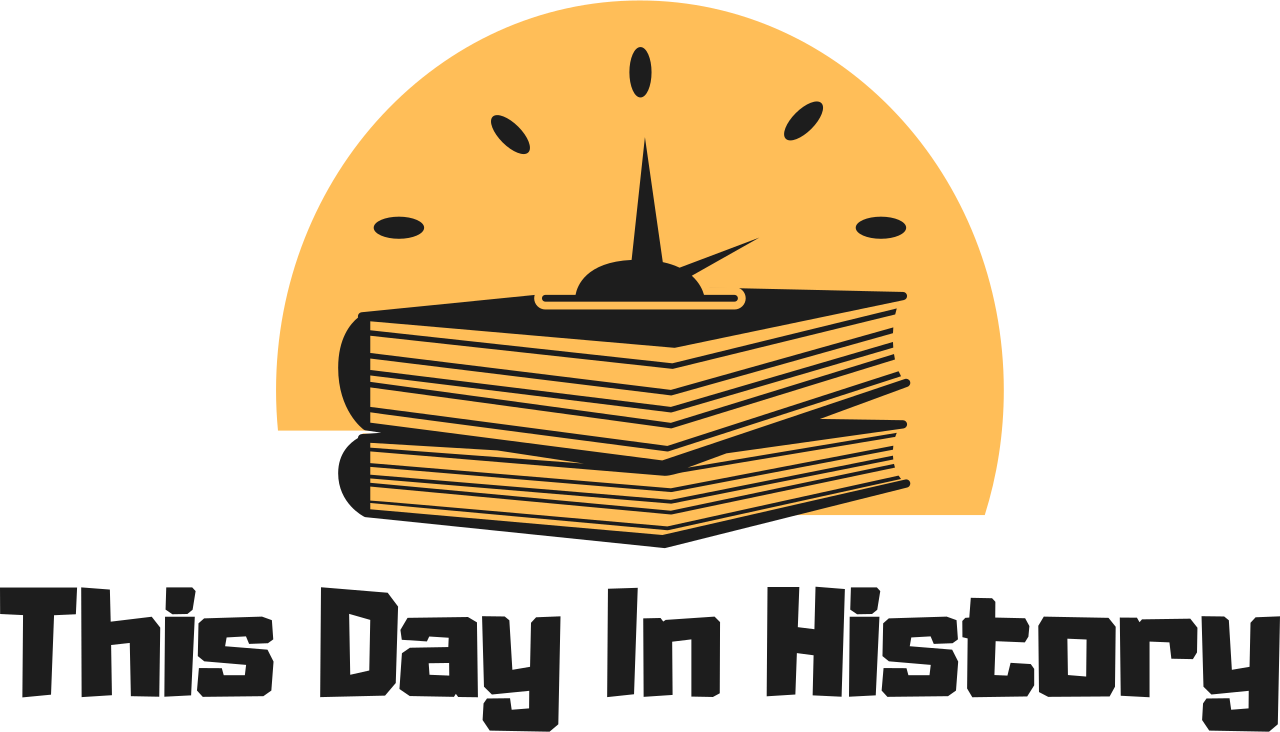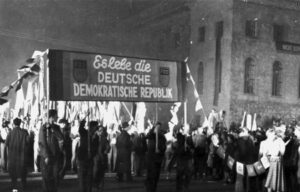On October 7, 1949, a significant chapter in European history unfolded with the official formation of the German Democratic Republic (GDR), commonly known as East Germany. This event marked the culmination of the division of Germany following World War II and set the stage for decades of geopolitical tension during the Cold War.
The Post-War Context
The conclusion of World War II in 1945 left Germany in ruins, with its territory divided into four occupation zones controlled by the Allied powers: the United States, the Soviet Union, Great Britain, and France. The initial goal of the Allied powers was to demilitarize, denazify, and rebuild Germany. However, as tensions between the Western Allies and the Soviet Union escalated, so did the division of the country.
By 1949, the political landscape of Germany had changed dramatically. The Western zones—controlled by the United States, Britain, and France—began to unify, resulting in the establishment of the Federal Republic of Germany (FRG), or West Germany, on May 23, 1949. In response to this development, the Soviet Union consolidated its control over the eastern zone, leading to the establishment of the GDR.
The Birth of the German Democratic Republic
The German Democratic Republic was officially proclaimed on October 7, 1949, with the capital in East Berlin. The formation of the GDR was characterized by the Soviet model of governance, emphasizing state control over the economy and society. The Socialist Unity Party (SED), a Marxist-Leninist party formed from the merger of the Communist Party and the Social Democratic Party in the Soviet zone, became the ruling party.
The establishment of East Germany was a direct response to the political and economic pressures of the time. The GDR sought to present itself as a socialist state committed to social justice, workers’ rights, and the redistribution of wealth. However, in practice, the regime implemented strict state control, suppressing dissent and limiting individual freedoms.
The Impact of Division
The formation of the GDR solidified the division of Germany into two distinct states, which had profound implications for the German people and for Europe as a whole. The division was not merely political; it also created two contrasting societies with different ideologies, economies, and cultural practices.
In West Germany, a market-oriented economy emerged, supported by the Marshall Plan and Western assistance. The country experienced rapid economic growth and became a member of NATO, aligning itself with the Western bloc. In contrast, East Germany’s centrally planned economy struggled, leading to shortages and a lower standard of living compared to its western counterpart.
The Berlin Wall and the Cold War
The division of Germany reached its most symbolic point with the construction of the Berlin Wall in 1961. This barrier physically separated East and West Berlin, becoming a powerful symbol of the Cold War and the struggle between communist and capitalist ideologies. The wall was erected to prevent East Germans from fleeing to the West, as many sought better opportunities and greater freedoms.
The existence of the GDR contributed to the broader context of the Cold War, which saw the East-West divide manifest in various ways, from military confrontations to ideological battles. The GDR aligned itself with the Soviet Union and became a member of the Warsaw Pact, further entrenching the divide in Europe.
The Legacy of the GDR
The GDR existed for over four decades, until the peaceful revolution in 1989 led to the fall of the Berlin Wall and the eventual reunification of Germany in 1990. The legacy of the GDR is complex, marked by both its achievements in education and social welfare and its oppressive regime, which restricted freedoms and suppressed dissent.
The events of October 7, 1949, are a reminder of the deep divisions that can arise in the wake of conflict and the enduring impact of political ideologies on societies. The legacy of the GDR continues to shape discussions about democracy, freedom, and human rights in contemporary Germany and beyond.
Conclusion
The establishment of the German Democratic Republic on October 7, 1949, marked a significant turning point in post-World War II history. It not only represented the division of Germany but also symbolized the broader ideological conflict of the Cold War. As we reflect on this historical event, we recognize its lasting impact on German society, the evolution of European politics, and the global struggle for freedom and democracy.












What do you think?
It is nice to know your opinion. Leave a comment.